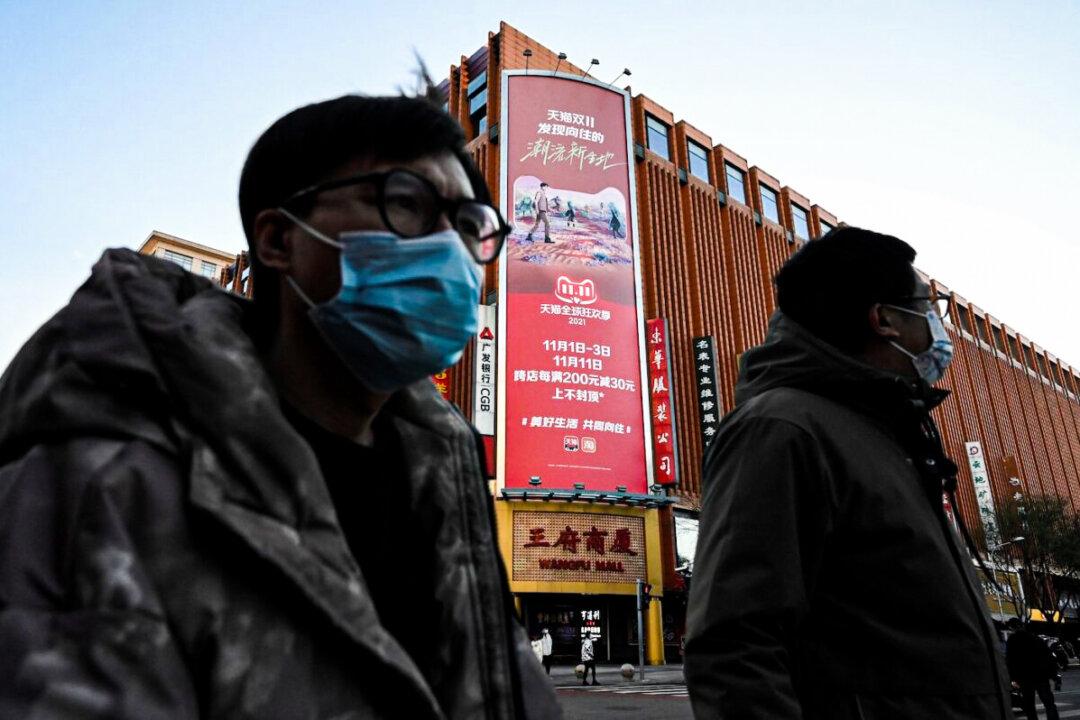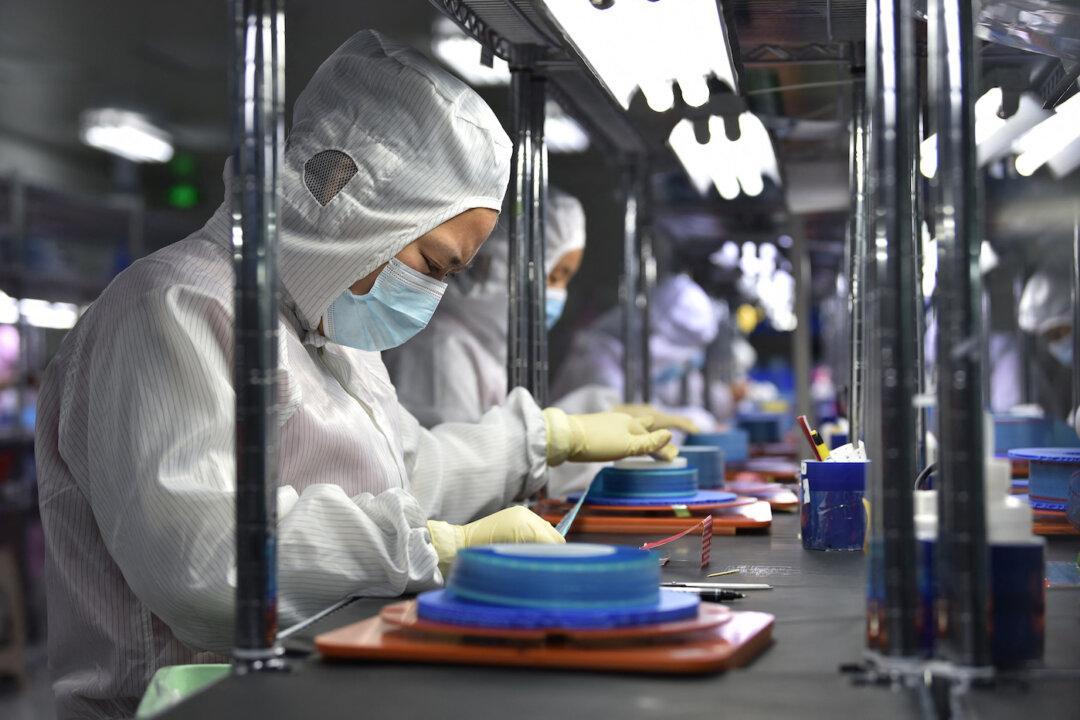Recently, the news of the United States–China trade war has dominated the headlines of media all over the world. U.S. President Donald Trump signed a memorandum on March 22, aimed at curbing “China’s economic aggression.” It has caused an uproar of criticism over the internet. The predicted consequences have been seriously exaggerated. However, if one observes the reaction of U.S. industry circles so far, and considers how there is still a 60-day consultation period, one will understand that actually there is room for negotiation between the two sides.
What are the Cards Dealt by the United States and China?





